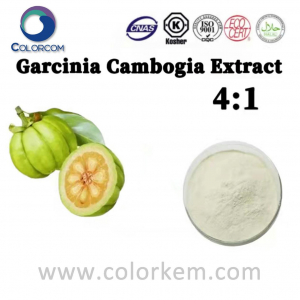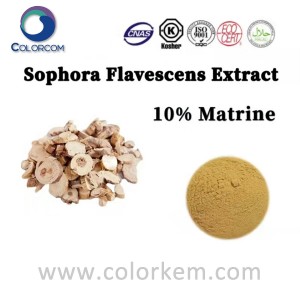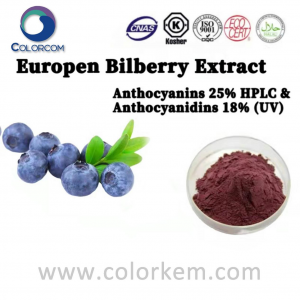Feverfew Extract 0.3 Parthenolide | 29552-41-8
Product Description:
Product Description:
Feverflower extract is the flower bud extract of Chryanthemum Parthenium, a plant of the genus Tanace-tum of the family Compositae;
It mainly contains volatile oil (α-pinene), sesquiterpene lactone (parthenolide) , sesquiterpenes (camphor), flavonoids and other ingredients, the active ingredient is parthenlide;
Has analgesic, anti-tumor, anti-fungal, anti-bacterial and migraine and other pharmacological effects;
Commonly used in the treatment of migraine, also For the treatment of arthritis, rheumatism, dysmenorrhea, Chemicalbook leukemia and so on.
Source plant of Feverfew Extract 0.3%Parthenolide:
[Base source]
It is the flower buds of Chryanthemum Parthenium, a plant of the genus Tanace-tum in the Compositae family.[Alias] Tansy, short tongue chrysanthemum.
[Plant form]
Perennial herb, up to 60cm tall. Leaves alternate, leaves pinnately lobed. The flower head is born on the top of the branch, and the ligulate flowers are white.
[Ecological distribution]
Native to southeastern Europe, it is now widely grown in Europe, North America and Australia. Propagated by seed or cuttings, prefers well-drained, sunny areas.
The efficacy and role of Feverfew Extract 0.3%Parthenolide:
Can cure leukemia
American researchers have found that an extract of the Asteraceae Chrysanthemum genus Feverflower can destroy acute myeloid leukemia cells, providing a good direction for the development of new leukemia drugs.
Helps relieve migraine headaches
Scientists believe that feverfew improves migraine because it inhibits the production of serotonin in the brain. Serotonin constricts blood vessels and releases pain-causing chemicals. Feverflower can also help improve the nausea, vomiting, and visual disturbances that accompany migraine headaches. One distinct advantage that feverfew has over migraine medications is that it does not cause constipation and gastrointestinal distress.
Helps to improve lupus erythematosus and rheumatoid arthritis
Several laboratory studies have shown that feverfew can reduce the symptoms of inflammation by slowing the production of inflammatory compounds called leukotrienes and arachidonic acid.
Improve cold and fever
As its English name Feverfew (Antipyretic Chrysanthemum) says, Feverfew can help improve the symptoms of colds and fever.









